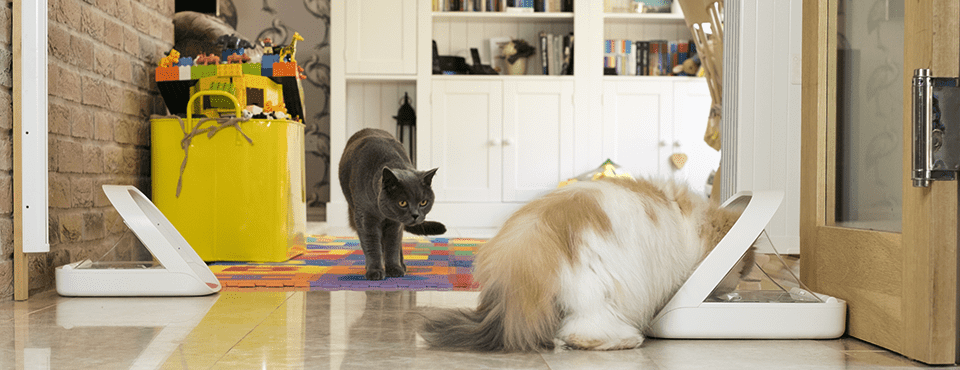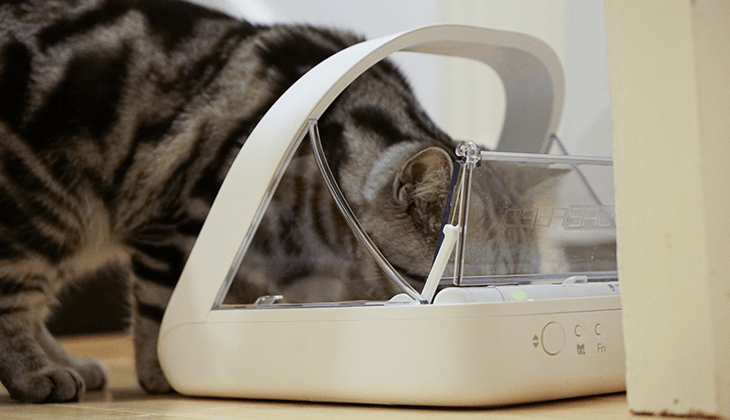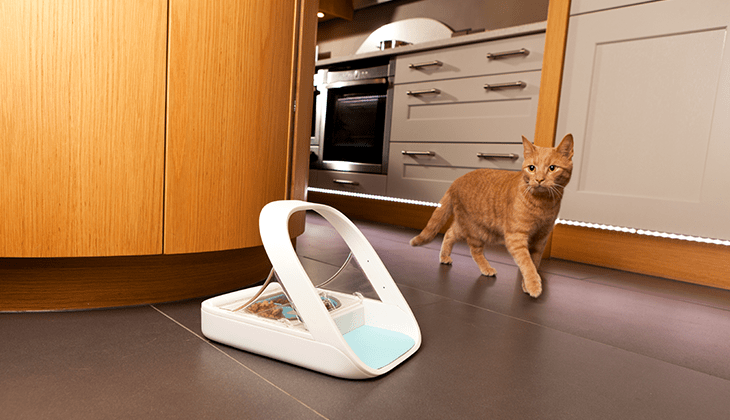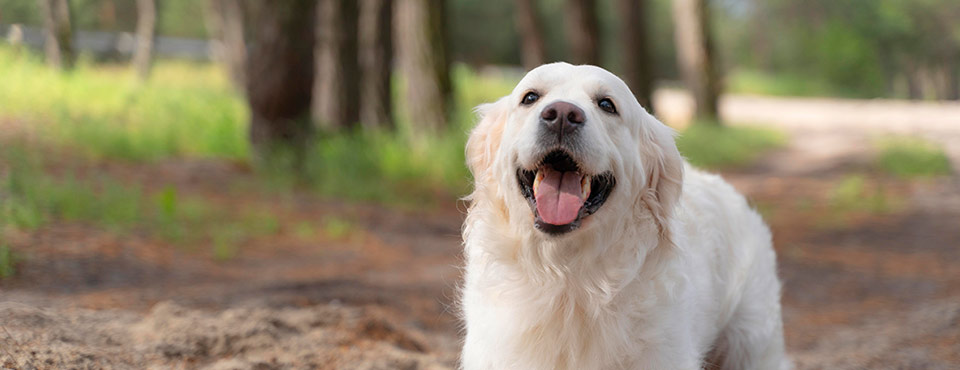Cats and Diabetes
HEALTH & PROTECTION
30 Aug, 2023
3 minutes

It may surprise you to learn that cats, like humans, can develop diabetes. In fact, diabetes affects an estimated 1 in 200 cats, but because this condition is believed to be underdiagnosed, this number is most likely higher. While diabetes is more common in middle-aged and older cats, it can be diagnosed in cats of any age, and neutered male cats are at greater risk for diabetes. Certain breeds, such as Burmese, tend to have a greater predisposition for diabetes, and those that are obese also have a greater chance for developing diabetes. Other risk factors include:
- Age
- Indoor lifestyle
- Physical inactivity
- Presence of other conditions such as chronic pancreatitis or hyperthyroidism
What exactly is diabetes?
Diabetes mellitus leads to higher than normal amounts of glucose, or sugar, in your cat’s blood. This condition occurs when your cat’s body makes too little or no insulin — and insulin affects how your cat’s body utilizes energy from food. The body’s cells are unable to function normally and they begin to use protein and fat as alternative sources of energy. The resulting build-up of glucose in the blood spills over into the urine, which draws in large volumes of water, resulting in increased amounts of urine, frequency of urination, and increased thirst.
Over time, your cat may experience significant weight loss, despite having a ravenous appetite. Some cats however, have a reduced appetite.

What are the signs of diabetes in cats?
As with many health problems, early diagnosis of diabetes is the key to your cat living a full life. If caught early and with treatment started right away, along with careful monitoring, many cats with diabetes live full, active lives.
The clinical signs of diabetes are a result of high blood glucose concentrations that overwhelm the kidneys’ capacity and cause spillover of glucose into the urine. This in turn, causes diabetic cats to void large volumes of water as urine and experience markedly increased thirst.
Diabetic cats may be hungry and eat more than normal, but lose weight. However, diabetic cats that are not feeling well may also eat less than usual. Increased appetite is not a consistent sign of diabetes in cats, but it is a common sign of hyperthyroidism, another condition that commonly affects older cats.
If any of these signs apply to your cat, make an appointment to discuss this with your veterinarian.
Specific signs to watch for include:
- Frequent urination and/or passing large amounts of water
- Excessive thirst and/or drinking much more than normal
- Increased or decreased appetite
- Weight loss
- Dull or dry coat
- Tired, lethargic, and/or depressed

It’s Important to Remember…
No one knows your kitty better than you! The signs of diabetes are not specific and can also be similar to those seen in other diseases. If you notice any visible changes in your cat’s health and behaviour, it is important that your feline friend is examined by your veterinarian. Yearly examinations by your veterinarian are recommended and if your cat is at risk of diabetes or other conditions, more frequent visits may be advised.
You should also remember that diabetes can be managed with appropriate medication and diet!
ZA-NON-230500012
RELATED POSTS
-

Learn about canine babesiosis, a tick-borne disease that affects dogs worldwide. Discover its symptoms, treatments, and how to prevent it.
-

Explore how diabetes impacts cats, its signs, risk factors, and effective management through medication and diet for a healthier feline life.
-

Diabetes affects an estimated 1 in 300 dogs, diabetes is more common in middle-aged and older dogs (4-14 years of age), it can be diagnosed in dogs of any age, including young dogs. Read more.
-

Ever wonder how your dog experiences the world? Why he or she sniffs everything, everywhere? Read more and find out








